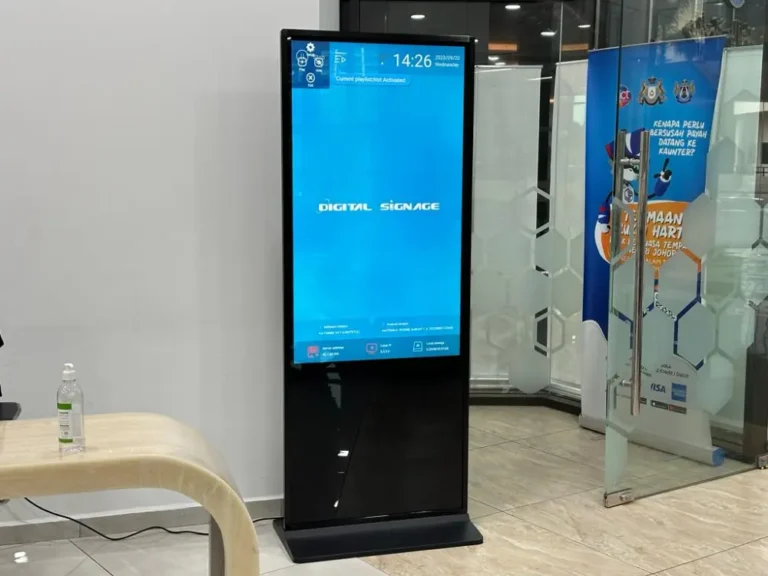The History and Development of Majlis Bandaraya Iskandar Putri
Digital signage is rapidly transforming how cities communicate with their residents. In Majlis Bandaraya Iskandar Putri (MBIP), this innovative technology is being used to display important updates, public notices, and community messages in real time.
Majlis Bandaraya Iskandar Putri (MBIP), or the Iskandar Putri City Council, plays a pivotal role as a local authority within the state of Johor, Malaysia. Its jurisdiction lies within the Iskandar Malaysia region, a fast-developing corridor in the southern part of the country. The city council has witnessed significant growth and transformation over the years, evolving in tandem with the nation’s vision for smart, sustainable urban living.
Early Beginnings of Majlis Bandaraya Iskandar Putri
The early development of what is now known as Majlis Bandaraya Iskandar Putri dates back to the 1960s, during which eight local councils were established under the Town Board Enactment 118. This was an important foundation phase that laid the groundwork for structured local governance in the region. As the population continued to grow and urbanization increased, the need for a more organized municipal body became evident.
On March 1, 1978, the Johor Bahru Tengah District Council (Majlis Daerah Johor Bahru Tengah) was officially formed under the Local Government Act 1976 (Act 171). At its inception, the district council covered an area of 104.7 square kilometers, serving approximately 150,000 residents. Its primary responsibilities included town planning, waste management, infrastructure maintenance, and public health oversight.
Growth and Expansion
By the mid-1990s, the region experienced rapid development, fueled by industrialization, housing projects, and economic opportunities. In 1995, a major milestone was achieved when the administrative area of the Johor Bahru Tengah District Council expanded significantly to 303.48 square kilometers. Along with this growth came a surge in population and housing. The number of taxable properties rose to 98,515 units, while the population soared to 500,000 people.
This expansion reflected the region’s increasing importance as a residential and commercial hub in southern Johor. The council also began to take on more responsibilities to accommodate this rapid urbanization, including enhanced public service delivery and infrastructural development.
The Transformation to Majlis Bandaraya Iskandar Putri
In recognition of its continued development and urban significance, the Johor Bahru Tengah Municipal Council was officially upgraded to city status. This transformation led to the formation of Majlis Bandaraya Iskandar Putri, aligning with the federal and state governments’ aspirations under the Iskandar Malaysia development blueprint.
Today, MBIP serves as one of the key city councils in Johor, supporting both residential and economic growth in the region. It plays an essential role in city planning, licensing, enforcement, and delivering services that improve the quality of life for residents.
Embracing Technology: Digital Signage for Smart Communication
One of the commendable initiatives by Majlis Bandaraya Iskandar Putri is the adoption of digital signage technology. As part of its smart city initiatives, MBIP has introduced digital signage displays in various strategic locations. These systems serve as vital tools for public communication, announcements, safety alerts, and information dissemination.
Digital signage enhances transparency and efficiency, allowing residents and visitors to access real-time updates about council services, events, and important notices. This is especially relevant in today’s digital age, where timely and accessible information contributes to civic engagement and community trust.
The Role of MBIP in the Future
Looking forward, Majlis Bandaraya Iskandar Putri continues to align itself with Malaysia’s vision of becoming a digitally connected and environmentally sustainable nation. The council remains committed to embracing innovative technologies, upgrading public infrastructure, and delivering inclusive services to meet the demands of a growing urban population.
As part of Iskandar Malaysia, MBIP will likely continue to play a central role in shaping Johor’s future. Its journey from a small local council to a modern city authority reflects the region’s potential and the government’s dedication to progressive urban development.


